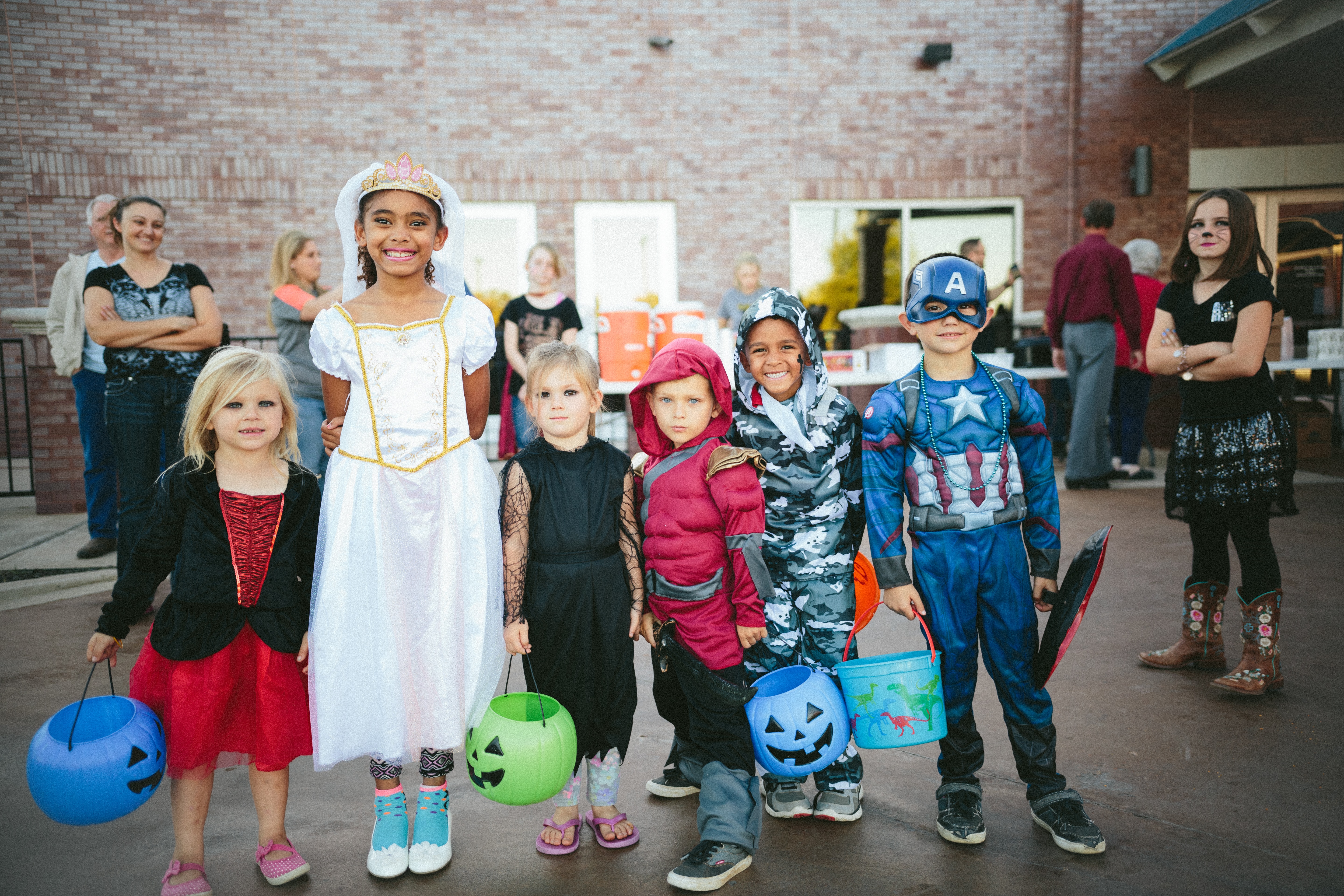Blog

Three Fun Ways to Keep Your Child Learning Over the Summer
Summer is a time for relaxation and fun, but it can also be an opportunity to keep your child’s mind engaged and learning. Here are three enjoyable and educational activities to help your child continue growing over the summer months: 1. Nature Exploration Take advantage of the warm weather by exploring nature with your child. Go on nature walks, visit local parks, or even start a small garden at home. Encourage your child to observe plants, insects, and animals,

Making the Most of Summer Break: Tips for Families
Summer break is a time of excitement and possibility for families. With school out and longer days, it’s the perfect opportunity to create lasting memories and enjoy quality time together. Here are some tips to help you make the most of your summer break with your children: Plan Outdoor Adventures: Take advantage of the warm weather by exploring the great outdoors. Plan family hikes, picnics in the park, or trips to the beach. Not only does this encourage physical

Make the Most of Mornings
Being a working parent can be difficult. Check out this post from Parent Cue written by Sarah Anderson to learn how you can Make the Most of Your Mornings with your child. Time is a tricky thing. As kids, we have more than we know what to do with. But as adults—especially once we have kids of our own, it never feels like we have enough. So when it comes to utilizing the time we have with our kids, learning

How Does Spirituality Grow in Children
In a day in age where children are surrounded by so many different opinions, how do you raise children with a sense of awe? Check out this article from Greater Good Magazine to learn how you can develop your children’s love for the Lord. Twenty-five years ago, in his book The Spiritual Life of Children Robert Coles made a historic effort to bring children’s spirituality into focus. A child psychiatrist, he interviewed children in many life circumstances about their

Halloween Safety
As you and your family make plans to trick or treat this Halloween, here are 9 tips to help keep you and your family safe. H: Hold a 犀利士 flashlight while trick-or-treating to help you see others see you. Make sure you walk and not run from house to house. A: Always test make-up in a small area first. Remove it before bedtime to prevent possible skin and eye irritation. L: Look both ways before crossing the street. Use

Exploring the Solar Eclipse
We’re on the brink of experiencing a magnificent natural phenomenon – a solar eclipse! This event is not just a rare astronomical occurrence but also a wonderful educational opportunity for our children to learn about the wonders of the universe. Here’s how you can make the most of this exciting event with your little ones. Understanding the Solar Eclipse A solar eclipse occurs when the moon moves between the Earth and the sun, casting a shadow over Earth and momentarily

Children and Thank You Notes
The gift giving season is upon us and it’s important to teach kids giving thanks when they receive a present. Check out this article written by The Children Academy. Expressing thanks is something that a child can do from an early age. If a child can talk, they can express “thank you.” Teaching children to send a thank you note is teaching them about appreciation. It is a good idea to explain to children that when they receive a gift, the

8 Tips to Prepare for the First Days of School
Back to school can be exciting, but overwhelming. Check out this blog post from the Scholastic Parent Staff featured on Scholastic.com. Whether your child is just beginning kindergarten or starting a new grade as a returning student, there’s lots to be done to prepare for the year ahead, including checking in about their fears, anxieties, and concerns. As summer winds down, it’s natural for kids to experience nervousness — after all, your child is entering a structured group setting after

5 Powerful Ways To Teach Children The True Meaning Of Easter
As we prepare to celebrate Easter Sunday, we want to share this article from Parent Circle. While Christmas denotes the birth of Jesus Christ, Easter signifies his resurrection – how he came back to life after his death on the cross and burial in a tomb. However, the true meaning of Easter or Resurrection Day (which is, in fact, a more appropriate term to refer to the day) has been lost amidst rituals and traditions involving Easter eggs, bunnies,

Choosing Childcare Center for your child
Factors to Consider When choosing a Childcare Centre for Your Child Quite frankly, it can be a lot balancing family life and work as parents, which is why it’s perfectly fine to seek a little bit of assistance with the kids if it ever comes down to it. Accepting the fact that you need help is the easy part, choosing a childcare facility that would be an ideal fit for your child is where you’ll have your work cut out
